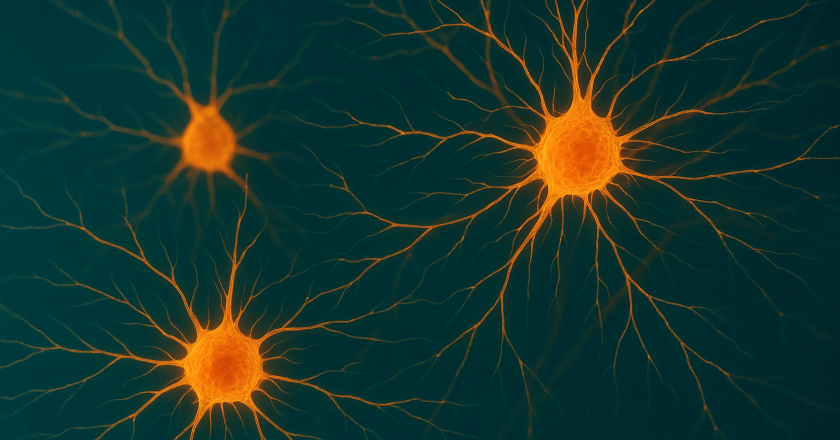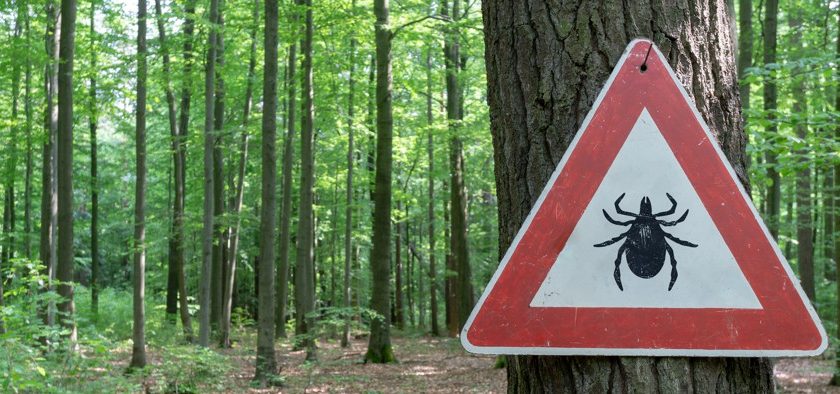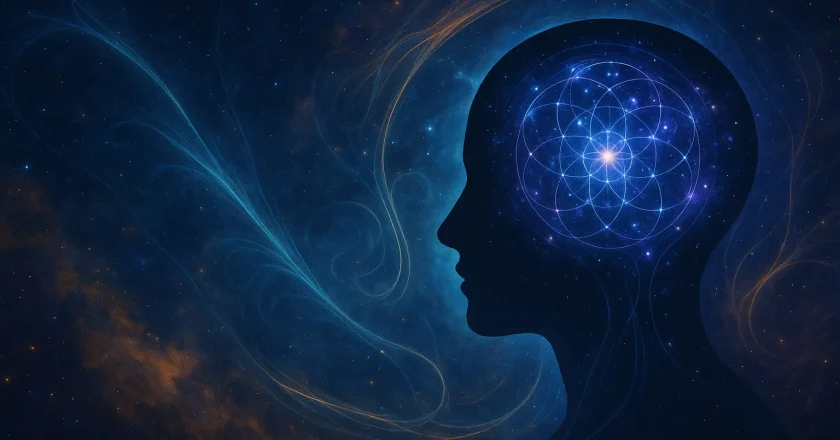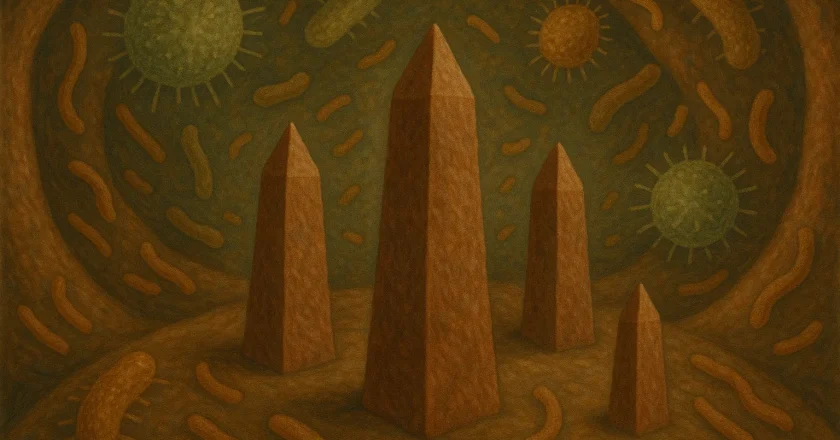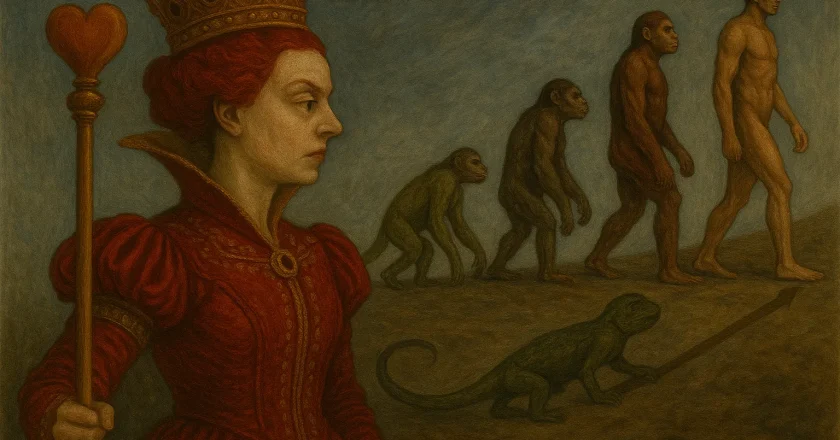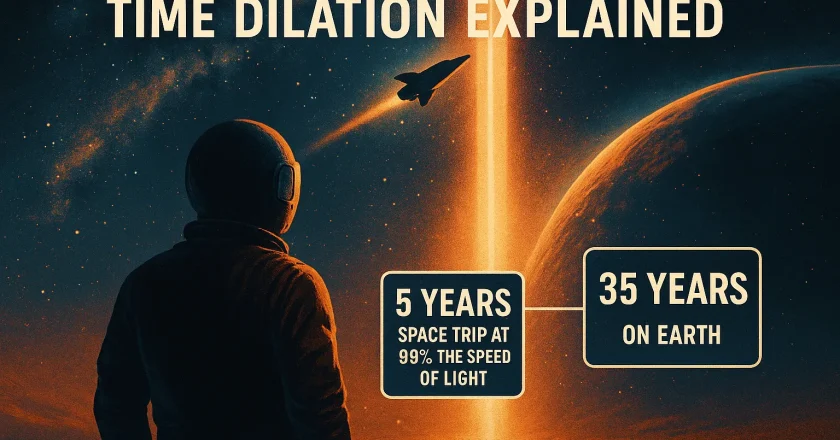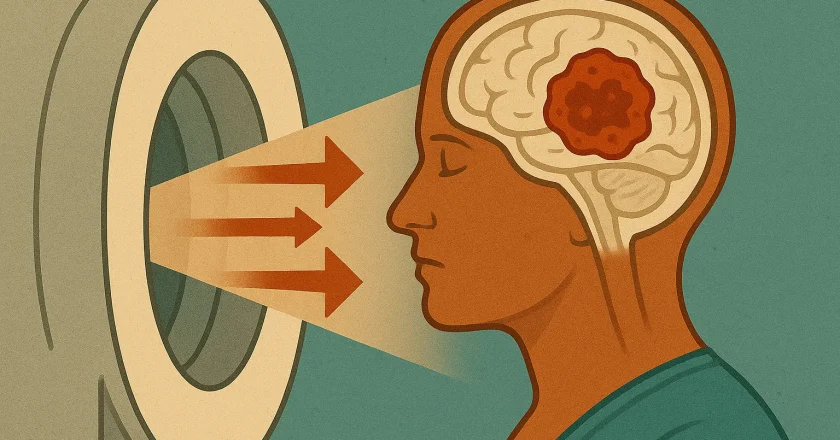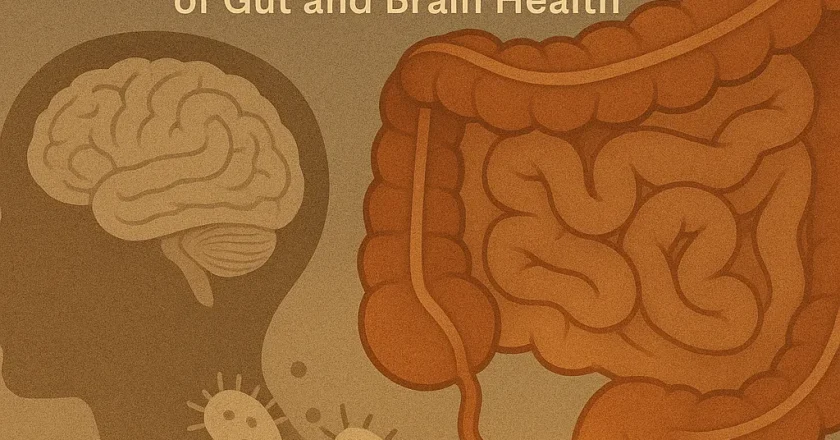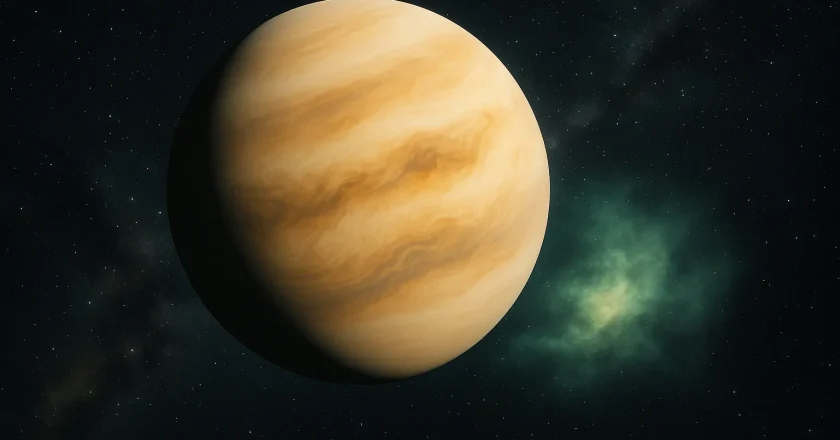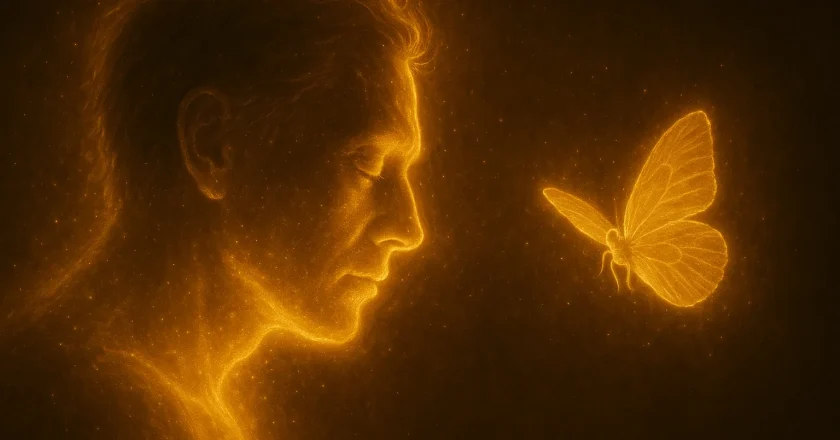Rosehip Neurons: The Mysterious Brain Cells Found Only in Humans
When scientists first described rosehip neurons in 2018, the neuroscience world reacted with a mix of surprise and fascination. It isn’t often that researchers discover an entirely new type of brain cell—especially one that appears to exist only in humans. Hidden deep in the cerebral cortex, these neurons may hold clues about what makes the human mind so complex, so adaptable, and so uniquely capable of abstract thought.
Named for their bulb-like shape that resembles a rosehip fruit, these neurons are small, intricate, and densely wired. Unlike typical cortical neurons, which connect across large regions of the brain, rosehip neurons create extremely localized, precise control circuits, as if they are fine-tuning small pockets of brain activity with incredible accuracy. This precision and...

